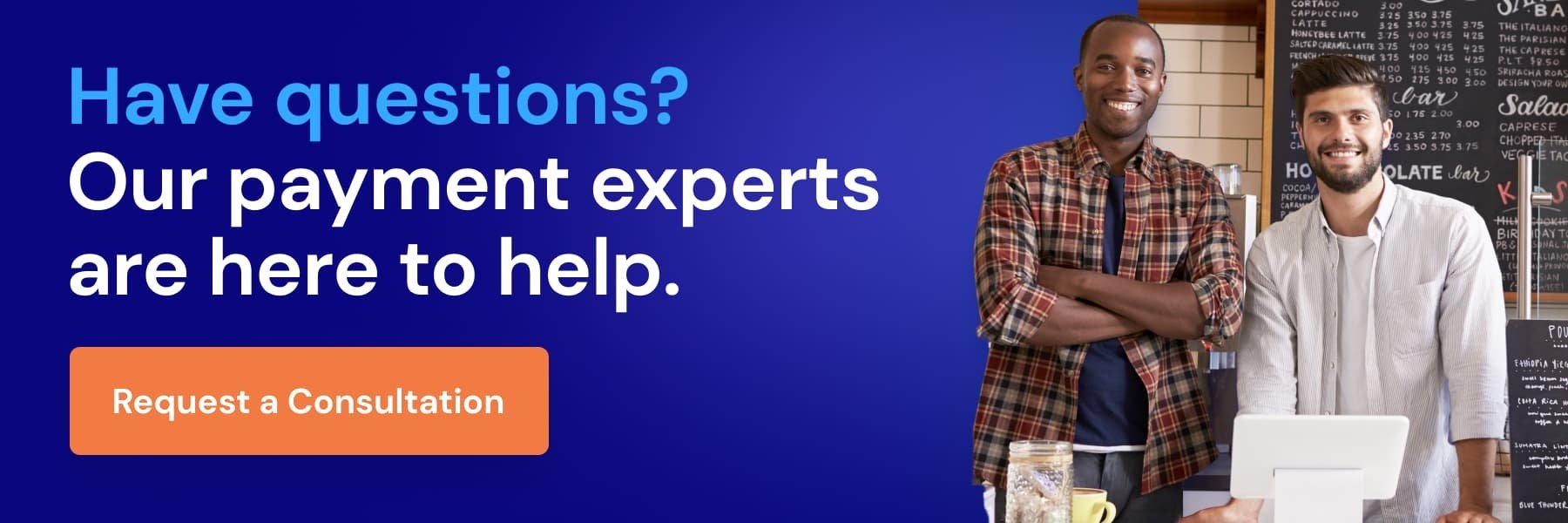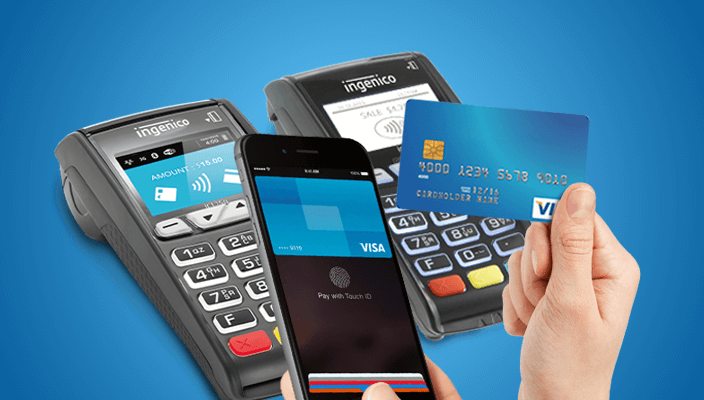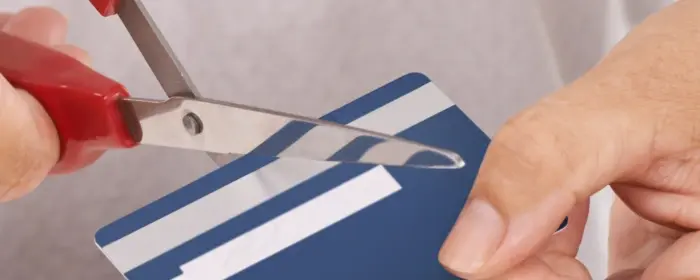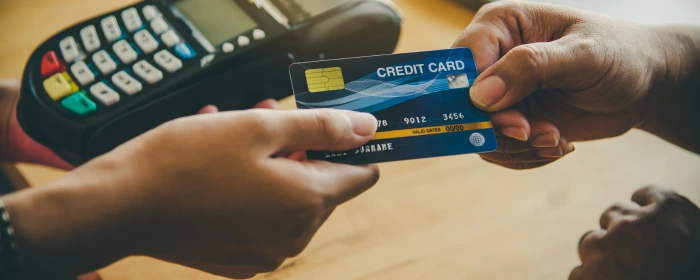Key Takeaways:
|
Making an online purchase is not always as simple as it sounds. There’s the hassle of manually entering your credit card number. You have to input your CVV code and expiration number. Most importantly, there’s the very real threat of fraud.
To streamline and secure the payment process, Mastercard aims to remove the 16-digit number from all its credit and debit cards by 2030. As part of its gradual rollout plan, Mastercard has introduced a numberless debit card in Australia, starting with AMP, a mobile-first bank. At AMP, this card specifically targets small business and personal banking customers. Other Australian banks expect to launch similar cards over the next year, following the numberless trend.
With the rise of global credit card fraud and identity theft, Mastercard assures that cutting credit card numbers will be the solution. Through a combination of biometric authentication and tokenization, this new debit card will add a layer of security that should better protect today’s average user.
How The Numberless Debit Card Works
Customers can still use physical cards for in-person payments, but Mastercard will replace its static card numbers with tokens. The customer’s banking app will randomly generate these tokens and encrypt their data, intending that no actual card information will be shared.
Tokenization is nothing new to Mastercard. Around 30% of its total transactions are tokenized already, and Mastercard reports that these transactions are increasing at a 50% year-over-year rate. AMP customers can also use other cardless security measures, like Face ID and fingerprint ID, to open their debit card app and complete their payments. To prevent identity theft further, the bank suggests that new customers record a video selfie during account set-up (if this part seems daunting, just get the nearest teen to help you get ready for your close-up).
Why is Mastercard going Numberless?
Mastercard’s primary goal is to eliminate the need for manual entry or static passwords to make a purchase. Without these functions, stopping fraud, cybersecurity threats, and data breaches that plague the payments industry will presumably be easier.
Since online purchases have a seven times higher fraud rate than in-person purchases, Mastercard believes these numberless payment options will eliminate unauthorized usage when a card is absent. In the US alone, 93% of card-related fraudulent card charges were due to card-not-present fraud (CNP) in 2024. With less visible card information, it’ll become much harder for fraudsters to commit identity theft or phishing scams. Manually entering card information has also reportedly hurt many merchants' overall sales. That is to say that 25% of shoppers abandon their online shopping carts, citing difficulties when inputting their card numbers. Mastercard believes it’ll be much easier for merchants to increase their eCommerce sales with a numberless tokenization system.
Ultimately, Mastercard’s vision is to move past the use of physical cards and instead rely solely on biometric technology, tokenization, and encryption. In doing so, Mastercard promises to make the transaction process safer for consumers and merchants alike.
Mastercard’s Rollout Plan
Mastercard has been preparing for its numberless card launch since November 2024, though product development began much sooner. In 2019, Mastercard, through a partnership with Apple, created an iPhone-integrated numberless credit card. However, the lack of numbers didn’t necessarily register with consumers, as they used it mainly via their Wallet app. Now, Mastercard is promoting its numberless debit card more clearly, focusing on meeting its 2030 goal.
However, this plan may take a while to implement. Many consumers may appreciate the design of a numberless card, but others may be slow to accept the new normal. “Numberless cards can help reduce fraud, but I don’t think it’s a key factor. There are so many other security tools that exist today,” said Elisa Tavilla, Director of Debit Payments at Javelin Strategy & Research. The security tools she could be referring to are EMV chip technology, CVV codes, 3D Secure, or the fraud detection software that credit card companies use. With that said, Mastercard’s other security initiatives have proven successful, giving the card network a vote of confidence.
Mastercard’s Other Endeavors
In addition to offering a numberless debit card, Mastercard has effectively rolled out other security tools across the globe. These include:
Mastercard Digital Enablement Service (MDES):
This tool tokenizes 30% of Mastercard’s transactions. India is already using MDES for almost 100% of eCommerce purchases. Latin American markets have also accepted this technology, with 100% of issuers able to implement it at checkout.
Mastercard Payment Passkey Service:
This technology was first introduced in India, Singapore, and the United Arab Emirates. Now, it is about to deploy in Latin America, including at Sympla, a ticketing and event platform in Brazil, and Yuno, a global payments orchestrator.
Click to Pay:
Click to Pay is expanding quickly to issuers such as Santander and Inbursa in Mexico and Banco Inter and Carrefour Bank in Brazil. Also, acquirers, payment service providers, and other channel partners, like Adyen, Prestashop, and Yuno, are embracing this technology. Merchants across Mexico, Brazil, and Chile have also enabled customers to use Click to Pay when making everyday purchases. Notably, Santander Mexico has also gone numberless with its cards, reducing its risk of online fraud by 90%.
The Future of Credit Cards
Ready or not, the future of credit and debit cards appears to be numberless, though it is unclear when these cards will be coming to the US. Mastercard may start its rollout in Australia, but time will tell which country is next. Like Mastercard, other issuers are beginning to launch their version of a numberless card, including card network giant Chase Bank. After expanding to the UK, Chase issued a Chase UK numberless credit card, which has also yet to be available in the US. Similar cards have, however, become accessible throughout Mexico and the Middle East.
Where it stands today, merchants are already seeing the benefits of Mastercard’s new technology. Tokenization has reduced shopping cart abandonment rates and increased transaction approval by three to six points, leading to around two billion monthly global sales. Besides the security benefits, switching to a token-based payment model stands out in terms of its profit value.
“Just like the transition from signing and swiping to tapping cards, we're now moving from manual entry and passwords to seamless, secure payments in just a few clicks,” Jorn Lambert, Chief Product Officer at Mastercard, asserts. The credit card landscape is changing rapidly. It’s time to see how it all shakes out.






